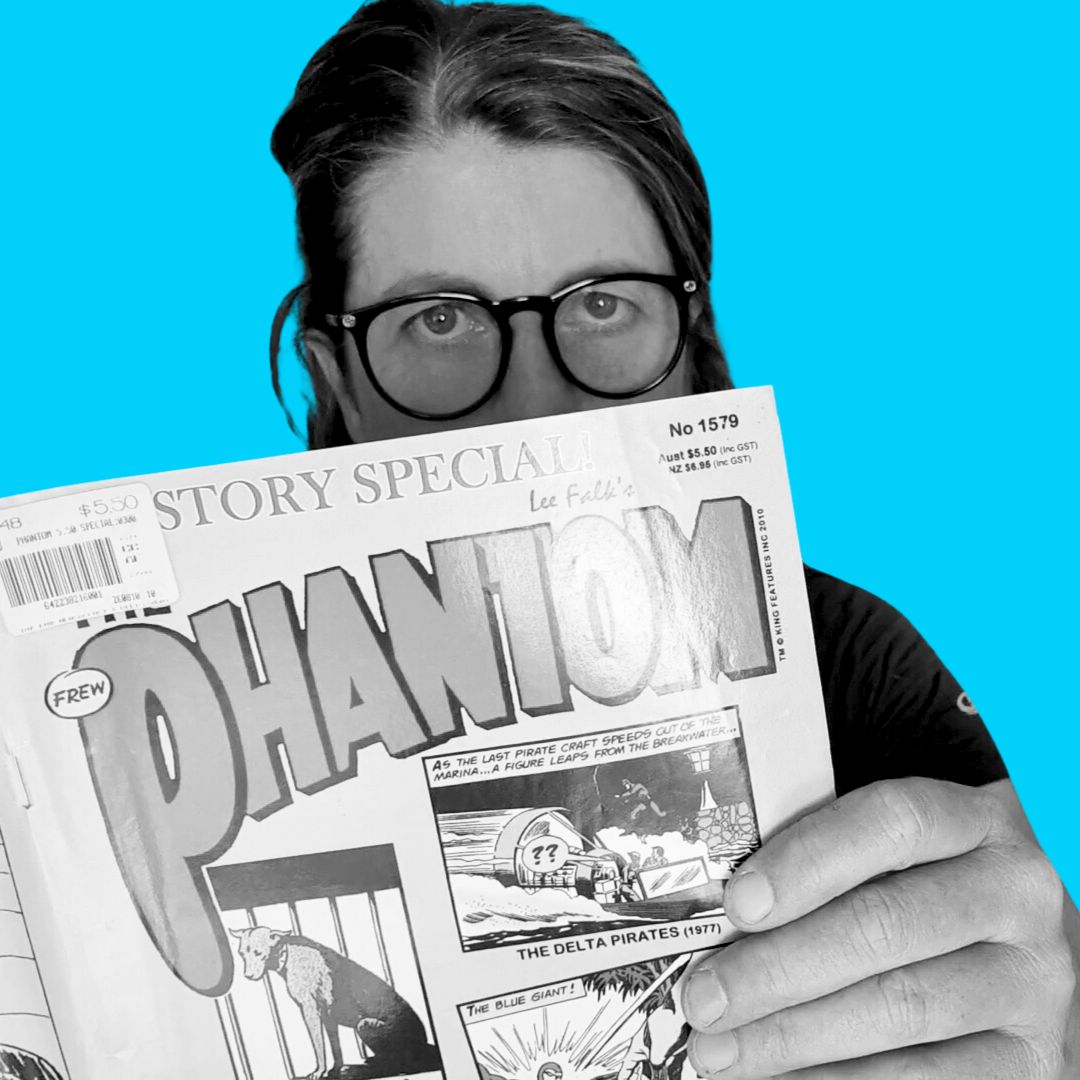From Silence to Speaking: Nurturing Your Public Voice
Face your fears, get your plans straight, and you’ll go from quiet to confidently speaking your mind in no time. Want to know my process? Keep reading.
As a child, I would cling to my mother’s leg and cry whenever a stranger tried to speak to me.
This shy behaviour continued well into my forties; though I learned to control the tears, I still struggled with talking to strangers or addressing large groups of unfamiliar faces. I would avoid eye contact, feign sickness, or prioritise other tasks to escape the pressure of speaking in front of others.
Eventually, I grew frustrated with my behaviour and sought a solution.
After years of researching and experimenting, I formulated a simple process that worked for me.
1. I acknowledged my fear
I made a habit of noticing how I felt at the moment I booked the meeting or event into my calendar. If I felt nervous or anxious, I immediately wrote for 10-15 minutes in my journal. Using a stream-of-consciousness style, I’d ask myself what was causing me to feel uneasy and then write whatever popped into my mind.
Common causes were:
- The topic of conversation was away from my area of expertise
- I didn’t know why the organiser invited me to attend or speak
- I lacked clarification on the value people wanted me to deliver
- The other attendees were outside my usual crowd.
Paying attention to fear is important because you can’t fix a problem you can’t see.
Trying to ignore the fear is also pointless. While you may successfully push it out of your awareness, you still think about it unconsciously. That triggers your brain’s survival mechanism, which will continue to turn up the volume on that fear until you pay attention. The louder the fear gets in your mind, the more it will debilitate you.
Also, fear can be a handy indicator that there are risks for which you need to prepare. I listened to my fear, I didn’t ignore it.

2. I scoped the landscape.
The first step presented a list of questions that needed answers, which helped to shift my focus and energy towards the task.
I discovered that I felt confident and at ease when asking questions in an informal setting with just one other person. So, I utilised that to my advantage.
I wrote down the questions and then talked with people who could provide answers.
I would ask the meeting organiser about their objectives for the meeting and how I could contribute value. Then, I would schedule time to meet with other attendees with whom I was unfamiliar to learn about their expertise and experiences.
These interactions varied in length; some were brief phone conversations, while others involved grabbing coffee or having lunch together. Regardless of the timeframe available, I always did my research beforehand to have a clear direction and purpose when I stepped into the meeting.
3. I sweated the detail.
If I had to present at the meeting, I ensured I was fully prepared, leaving nothing to chance. I considered all the potential risks and developed actions in case any issues arose.
Common risks on my list included:
- technology failure
- a key person not showing up
- the meeting getting cancelled or postponed
- being asked a question I couldn’t answer, and
- typos in my materials.
Early in my career, I had to present quarterly results for an industry benchmark study, which involved travelling around the country and presenting to senior executives.
They had a sixth sense for focusing on the most obscure point in the presentation deck and probing the whys and hows. If there were any tiny mistakes in the calculations, graphs or my recommendations, they would find them. The pain of those moments has stuck with me.
Since then, I have learned to comb through every detail, practice my presentations meticulously, and fact-check rather than assume information.
The ripples of my preparation spread through the meeting room.
Non-verbal communication plays a major role in our interactions with others – 93% of our communication is non-verbal. People pick up on cues from your body language and facial expressions, which speak louder than words.
If you lack certainty or confidence in what you are saying or presenting, it will show through your posture, facial expressions, and tone of voice. This will trigger the other attendees to question your credibility and the information you share.
Sweating the details empowers me to feel confident in my material, and that energy gets projected into the room.
Like anything else, practice is vital.
The only difference between those who succeed and all others is their willingness to put in the work.
The tasks I set for myself weren’t arduous or extreme. I simply had to repeatedly work through the details until taking care of them and feeling confident became second nature.



